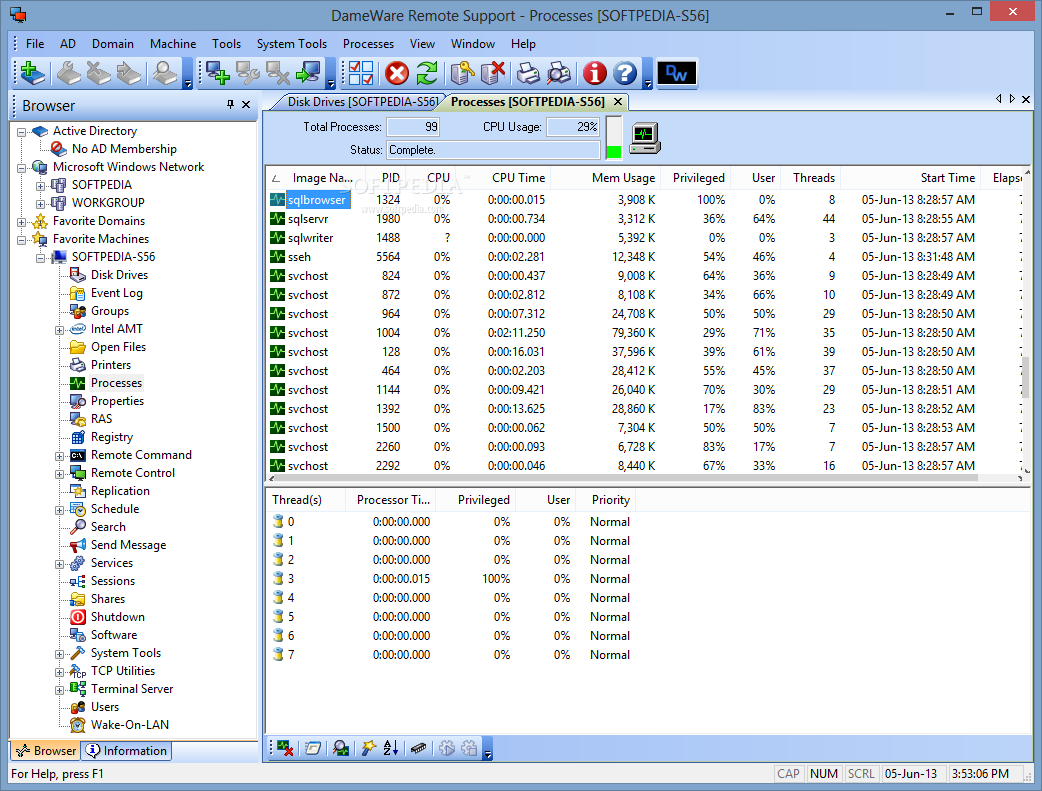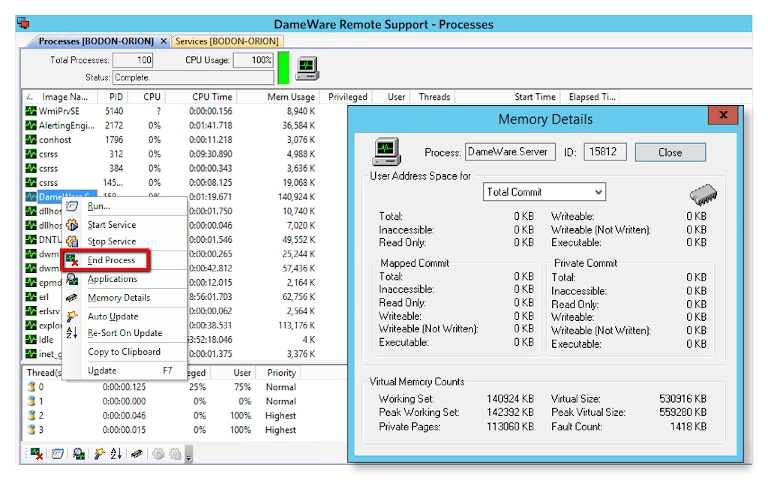
This includes mobile, which you might be expected to support as part of your business, but it might be an important consideration when choosing your remote support solution. Handling it through the cloud means faster deployment, but also means you can approach support from any device.

Most recent solutions are cloud-based, as you might expect from the encroaching advent of cloud technologies finding their niche in every IT market-and remote support solutions are in many ways at the forefront of that switch. The first is the ease of connectivity, whether it's the arduous delivery of a software agent, the sharing of a support link, and the literal speed at which you can connect and maintain a connection with your remote partner(s). In many ways, remote support products haven’t changed much at all since their inception, except by a few distinct margins. What you need from a Remote Support Solution

This legacy keeps TeamViewer at the top of its game, and the product remains one to watch even now. Ten years ago, if you needed a remote support product, it was in many ways the most reliable and reputable product on the market. TeamViewer is a renowned titan of remote support, and in many ways put remote support solutions on the map for mainstream users. In this article, we compare it to TeamViewer for Business. All of this adds up to ensure that Dameware Remote Everywhere is a new contender in the remote support space-but how does it compare to some other remote support products? This new product comes with a substantive number of excellent support features, combined with a flexible pricing strategy, all packaged within the rigorously tested base of its original remote support product. SolarWinds have expanded its existing Dameware Remote Support product to feature a cloud-based alternative that is separate from the original on-premises solution.

How does the new cloud-based upgrade from SolarWinds compare to the classic remote support?


 0 kommentar(er)
0 kommentar(er)
